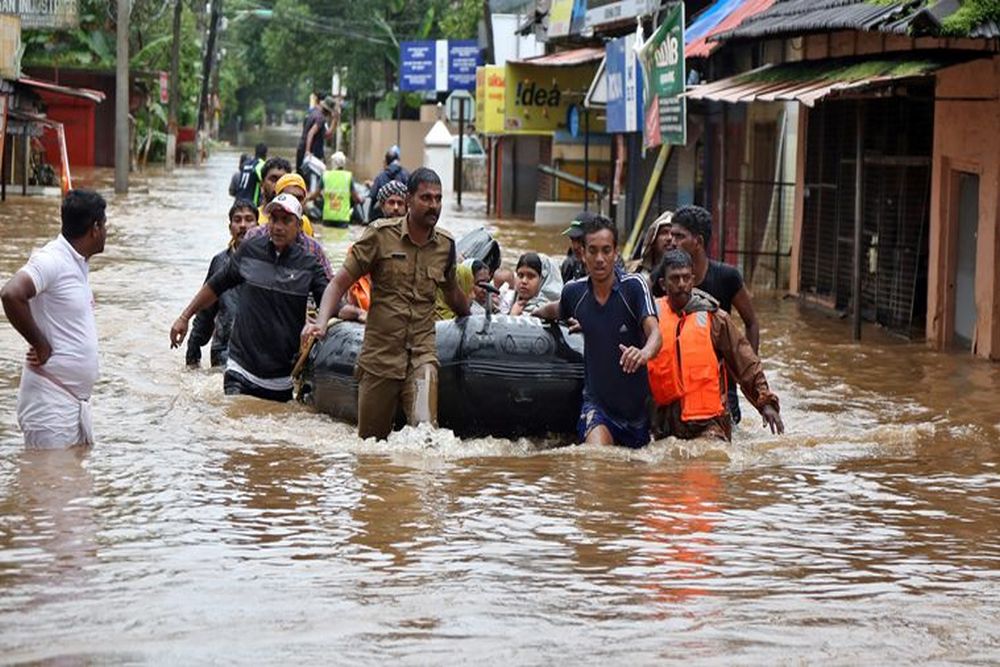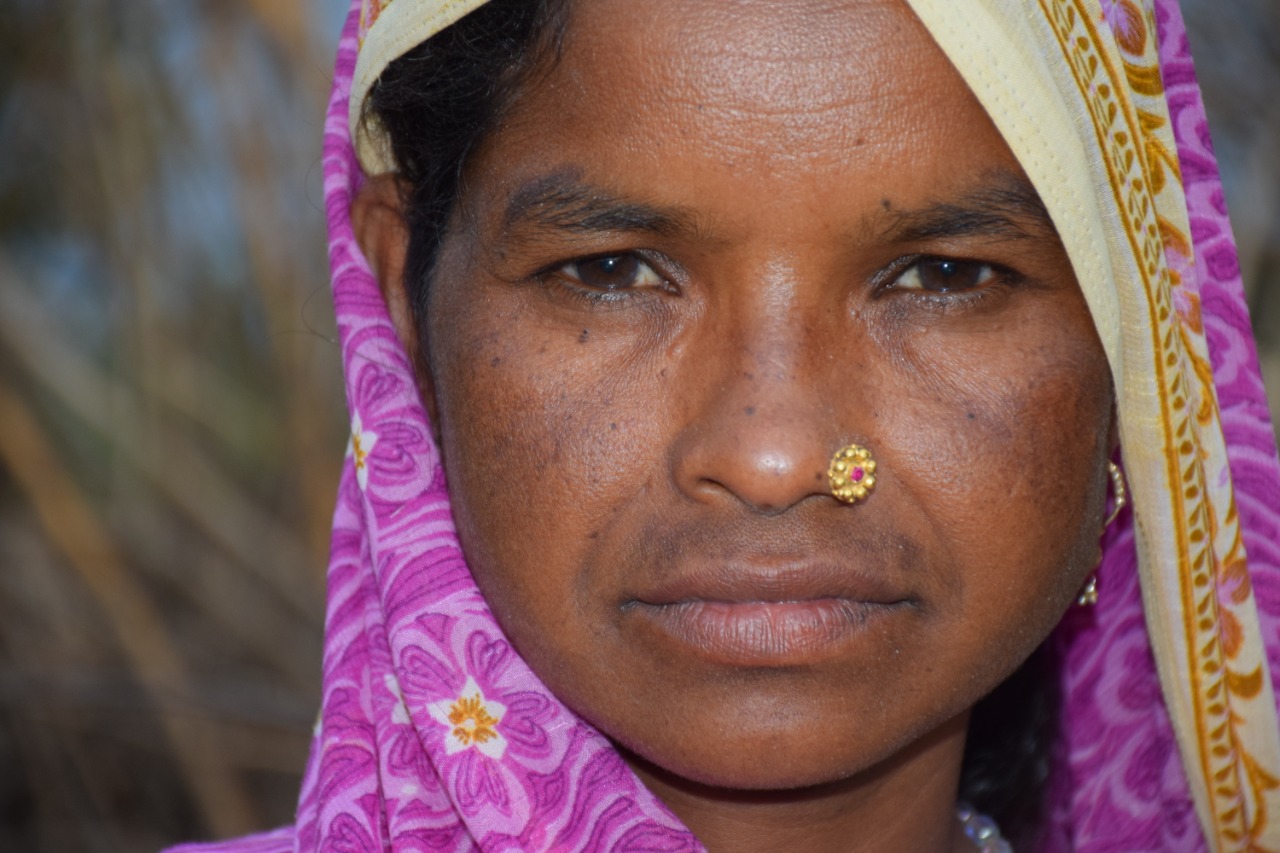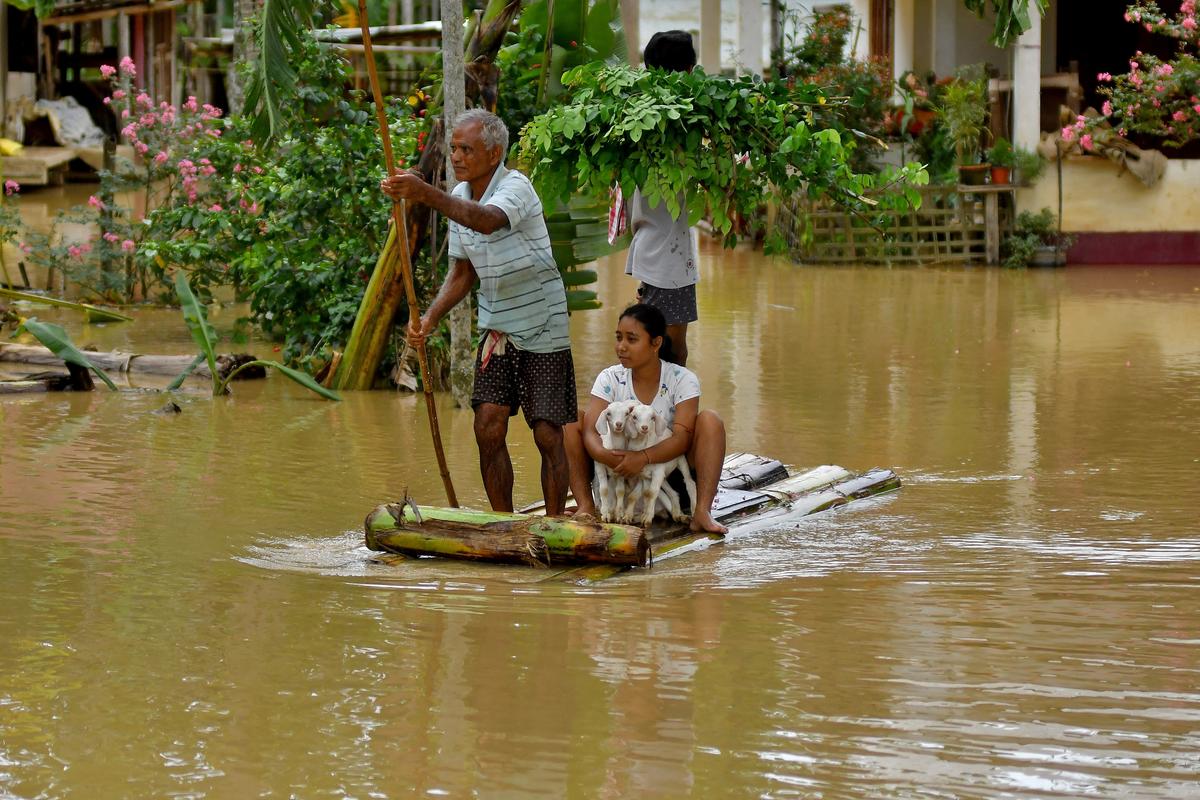CASA BLOGS

Role of NGOs In Flood Relief Operations
Non profit organizations in India are registered under various acts and laws like, Companies Act, 1956 and Societies Registration Act 1860, Section 25(1). These laws are meant for companies that work on non-profit basis and are moreover a charitable organization. Nonprofits are usually engaged in a variety of fields for instance, sustainable development, humanitarian assistance and sectorial development interventions. They also play a vital role during the various stages of disaster management.
Volunteering and social service were given significant significance during the Indian freedom movement by the Gandhian concept of Shramdaan, which refers to the provision of free labour for some noble cause, such as rural development, the creation of social assets and public infrastructure and facilities, etc. But India has a long history of volunteerism and social service extending back to the beginning of time. Non-governmental organisations (NGOs) have aided India since its independence in a variety of crucial sectors, including infrastructure, food security, water supply, sanitation, livelihood restoration, and the environment. India is susceptible to multiple hazards and is at risk for man-made calamities.
As india is prone to multiple hazards and is a vulnerable country to man-made and natural disasters, here NGOs like CASA play a great role in the provision of help for the less fortunate and the disaster affected populace. In most of the severe flood relief cases like Orissa super cyclone 1999, Indian Ocean Tsunami 2004, Barmer Floods 2006, Kosi Floods 2008, cyclone Aila and Laila, recent cloudburst in Leh and many others, these NGOs not only provide relief to the affected communities but also help in rebuilding their homes.
Usually there are four phases of a flood relief cycle that has been noted. They are, mitigation, preparedness towards the disaster, response of the team during the floods and after the floods, the last being recovery of the area both long term and short term goals. Now, mitigation and preparedness is a necessity for the safer outcome of the community following any disaster. It is impossible to stop these disasters from happening but yes, the damages can be minimized if the whole community is prepared beforehand.
When responding to flood relief, in its initial stages it is imperative to protect lives and help the injured. Now, the long term recovery may be slow but CASA focuses on rebuilding infrastructure, unemployment, food security, housing and medical care of the populace of the area. Each phase has its own importance. It must also be highlighted that a proper response ahead of time will significantly lower the requirements during the recovery period.
NGOs’ roles in flood relief management have recently begun to shift from post-disaster aid to enhancing pre-disaster preparedness and mitigation by means of mock drills, public awareness campaigns, capacity building, seminars and conferences, etc. In the disaster struck area the NGOs work with State, District, and Sub-district levels, they also have begun working with corporate companies on Public-Private Partnership (PPP) projects and Corporate Social Responsibility (CSR) programmes. Up until recently, NGOs’ work in the area of development management (DM) was primarily sporadic, reactive, responsive, and motivated by local requirements in the regions where they are carrying out development projects. Additionally, they frequently encountered enormous difficulties in coordinating with the government apparatus and even among NGOs themselves.
NGOs now play a significant role in the response to and recovery from natural catastrophes. According to studies, NGOs can be useful not just during the disaster response phase but also during the phases of mitigation, preparation, and recovery. The ability of NGOs to aid in development, filling in where the government has fallen short, and working in many countries throughout the world to disseminate influence is growing increasingly powerful. NGOs do their business differently from other global governmental entities.
They have five distinct characteristics: they are distinct from state organisations, they collaborate with and occasionally receive funding from state organisations, but their actions are independent of governmental control, NGOs are generally non profit, membership in and participation in their activities is frequently voluntary, and they run on ideals. This alters their behaviour in these circumstances and offers them a totally different strategy for coping with disaster relief. NGOs have a range of assets, capabilities, and hurdles to overcome.
In order to ensure that local populations, especially the most underprivileged and women, have stable incomes, access to food, assets, and the skills necessary to respond to emergencies and disasters, sustainable livelihood development is required.
Being on the ground, regional and national NGOs must assume a leadership position in emergencies and support the government’s relief efforts as well as those of the worldwide humanitarian community. Local NGOs may start a humanitarian response as soon as feasible, and if they have built local institutions there, the reaction will be more expedient, unbiased, and it will be simple to uphold ethical standards and accountability.
Finally, in order to challenge and engage the government in improving laws and policy structure for risk management for flood relief and other disasters and humanistic scheme in the nations and to promote community-based disaster management, it is the obligation of the national NGOs to mobilise communities and civil society.
 Previous Blog Post What Role Do NGOs Disaster management Play For The Community?
Previous Blog Post What Role Do NGOs Disaster management Play For The Community?Featured Post

Mental Health Awareness in India: Addressing Key Challenges
8 Nov 2024
Mental health awareness is crucial in India, where millions silently struggle with mental health disorders, including depression, anxiety, and bipolar disorder. Despite growing recognition, India faces unique challenges in effectively addressing mental health issues. The stigma associated with mental illness remains a primary barrier. In Indian society, mental health issues are often misunderstood, leading to […]

Ensuring Girls’ Safety in India: A Path Toward Empowerment
20 Aug 2024
Girls’ safety in India remains a critical issue that has garnered increasing attention over the years. Despite various reforms and efforts from both government and civil society, challenges persist. From street harassment to domestic violence, gender-based discrimination continues to limit the freedom and safety of girls. While significant progress has been made in addressing these […]

The Connection Between Monsoons and Floods in India: An In-Depth Analysis
9 Jul 2024
India, a land of diverse climates and geographical features, relies heavily on the monsoon season for its agricultural and water resources. However, with the benefits of the monsoon rains come significant challenges, particularly in the form of floods. This blog explores the intricate relationship between the monsoon season and flooding in India, providing detailed insights […]



